ROSEBUD
- Jonathan Lyndon Chase
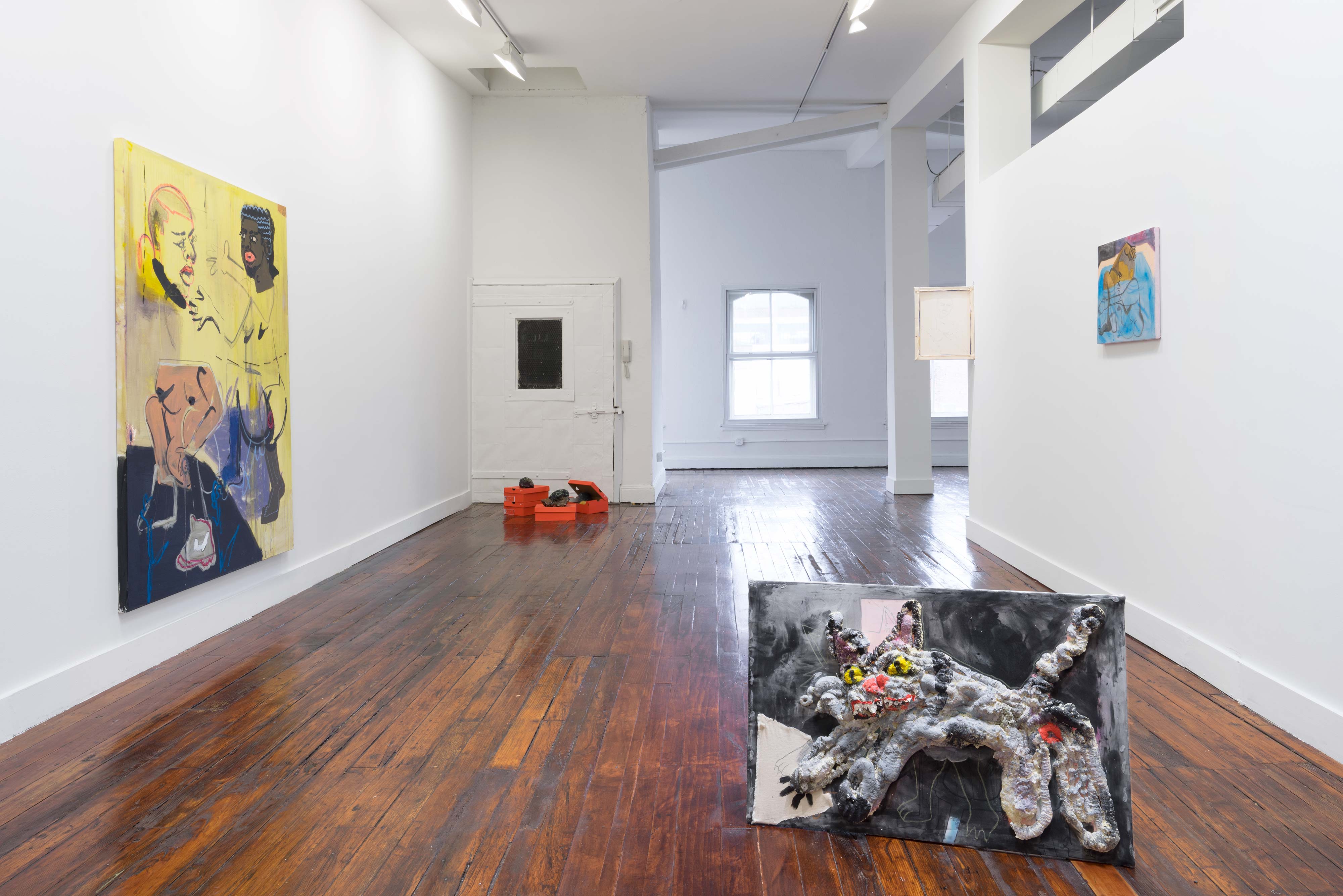
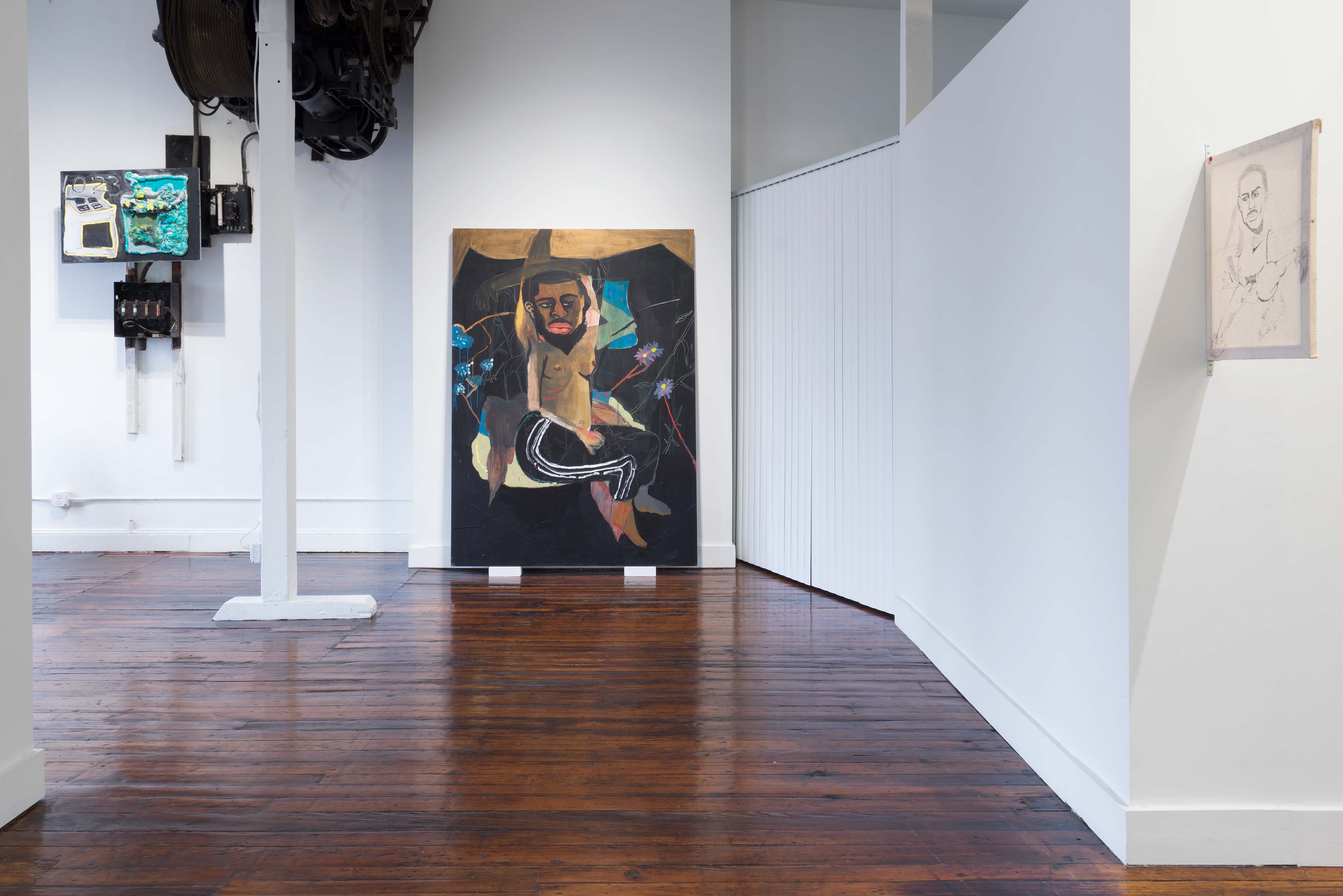
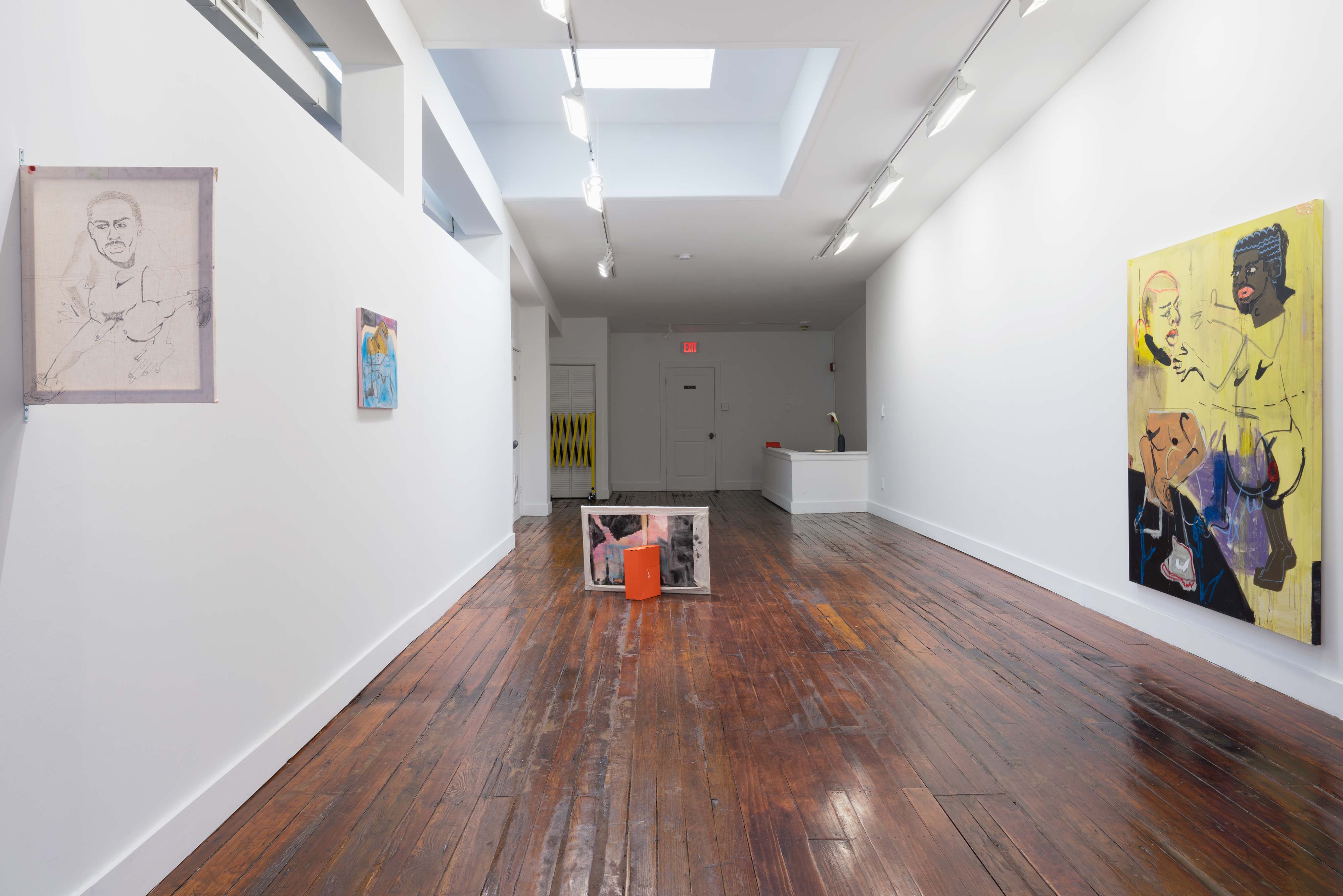
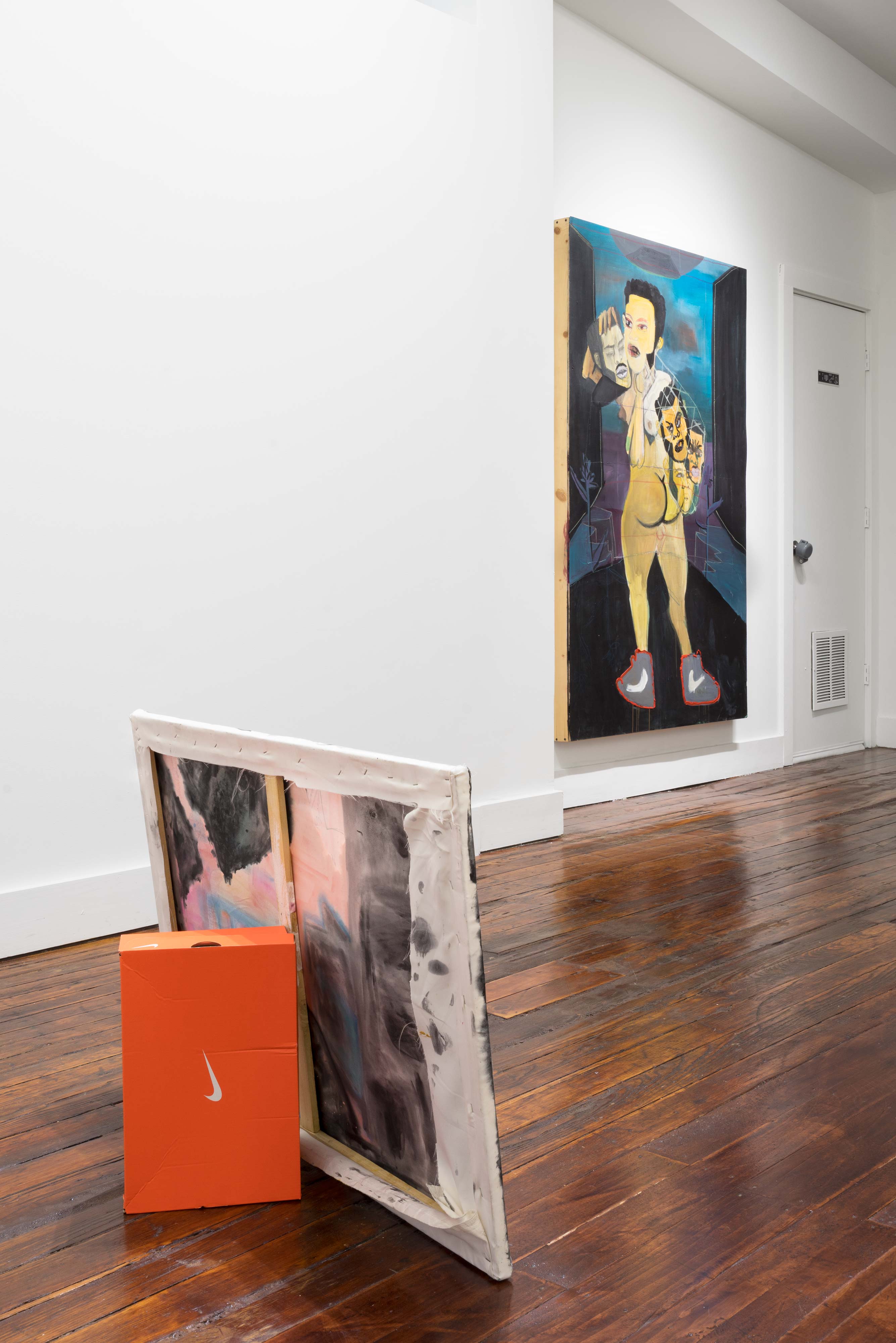

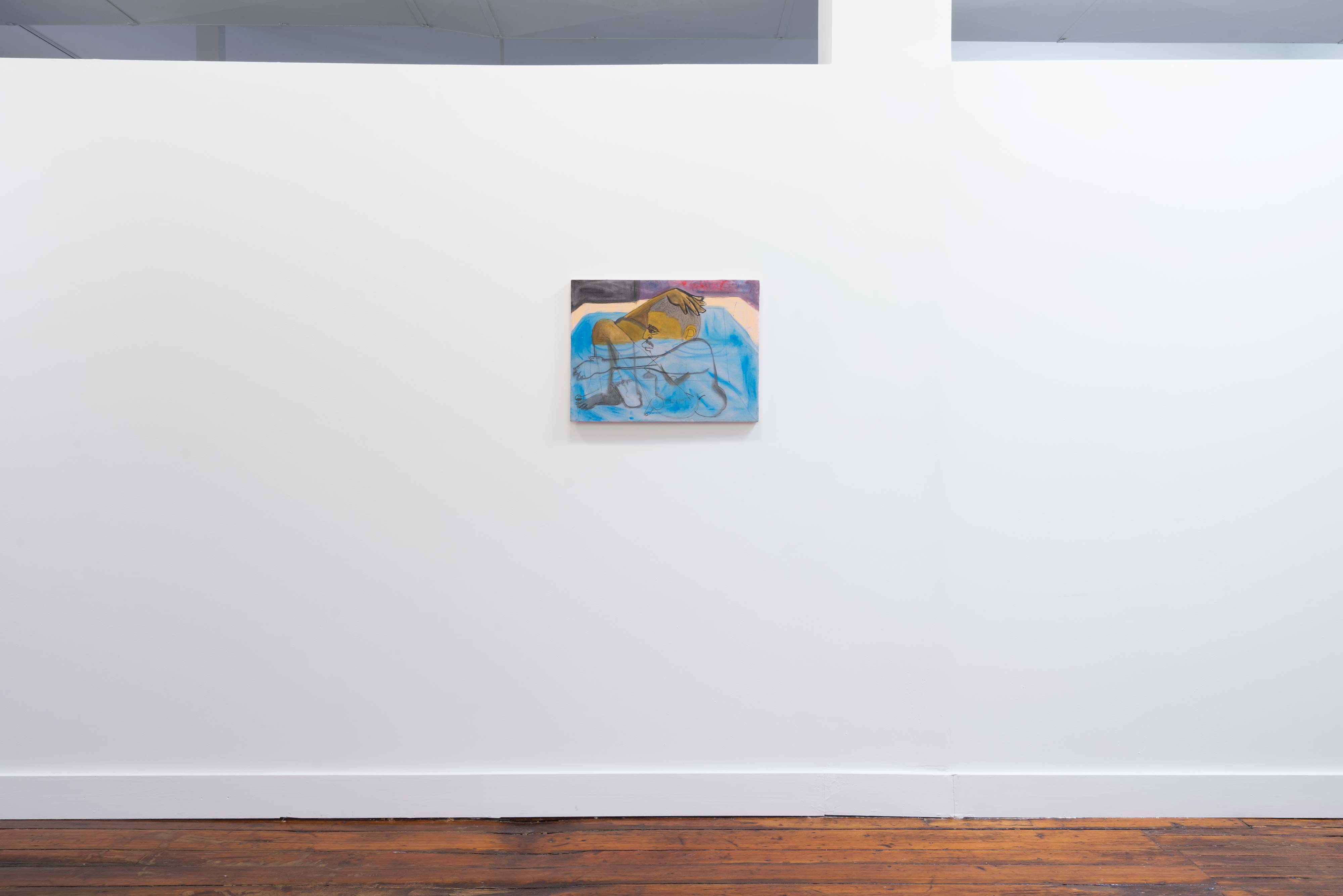
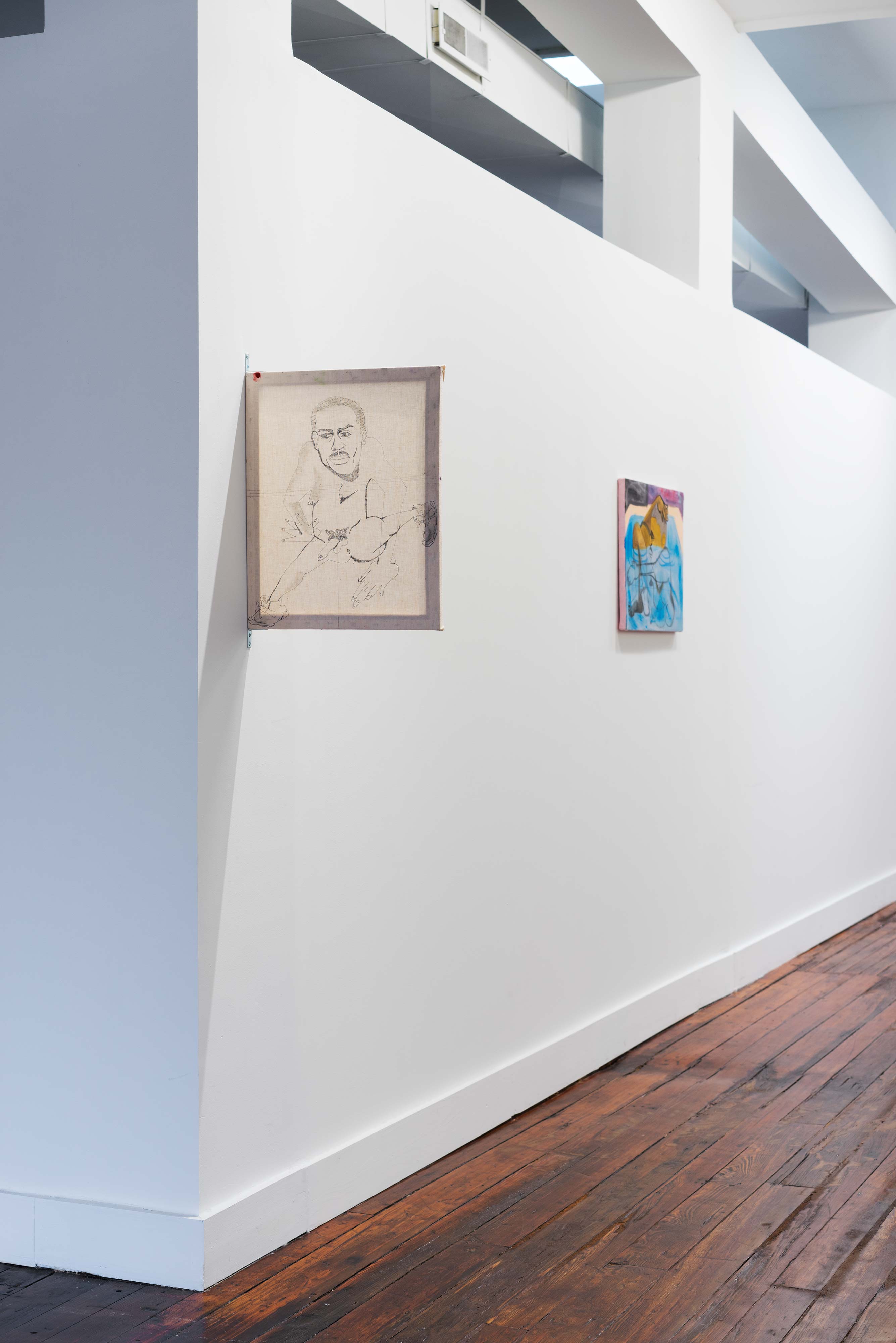
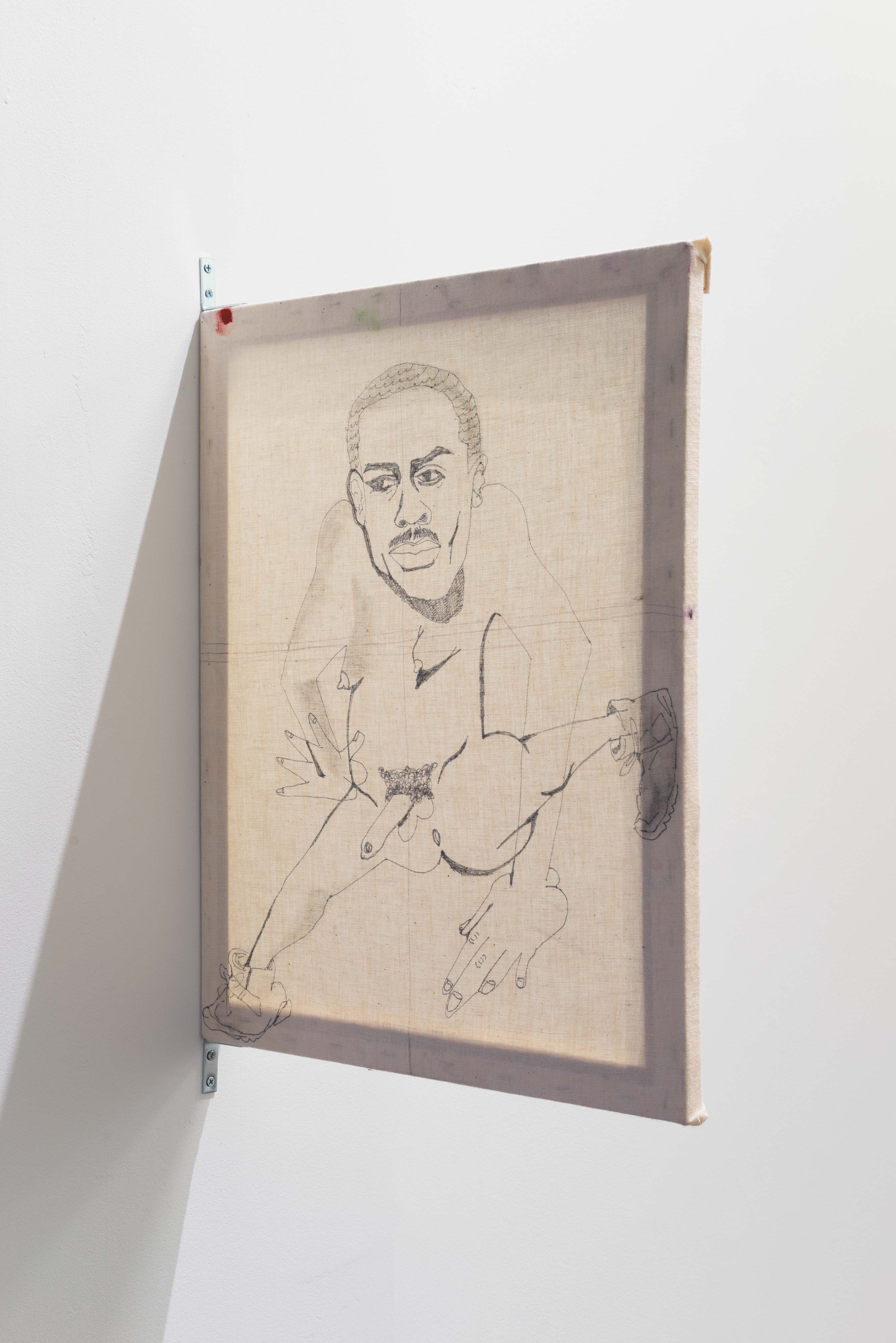
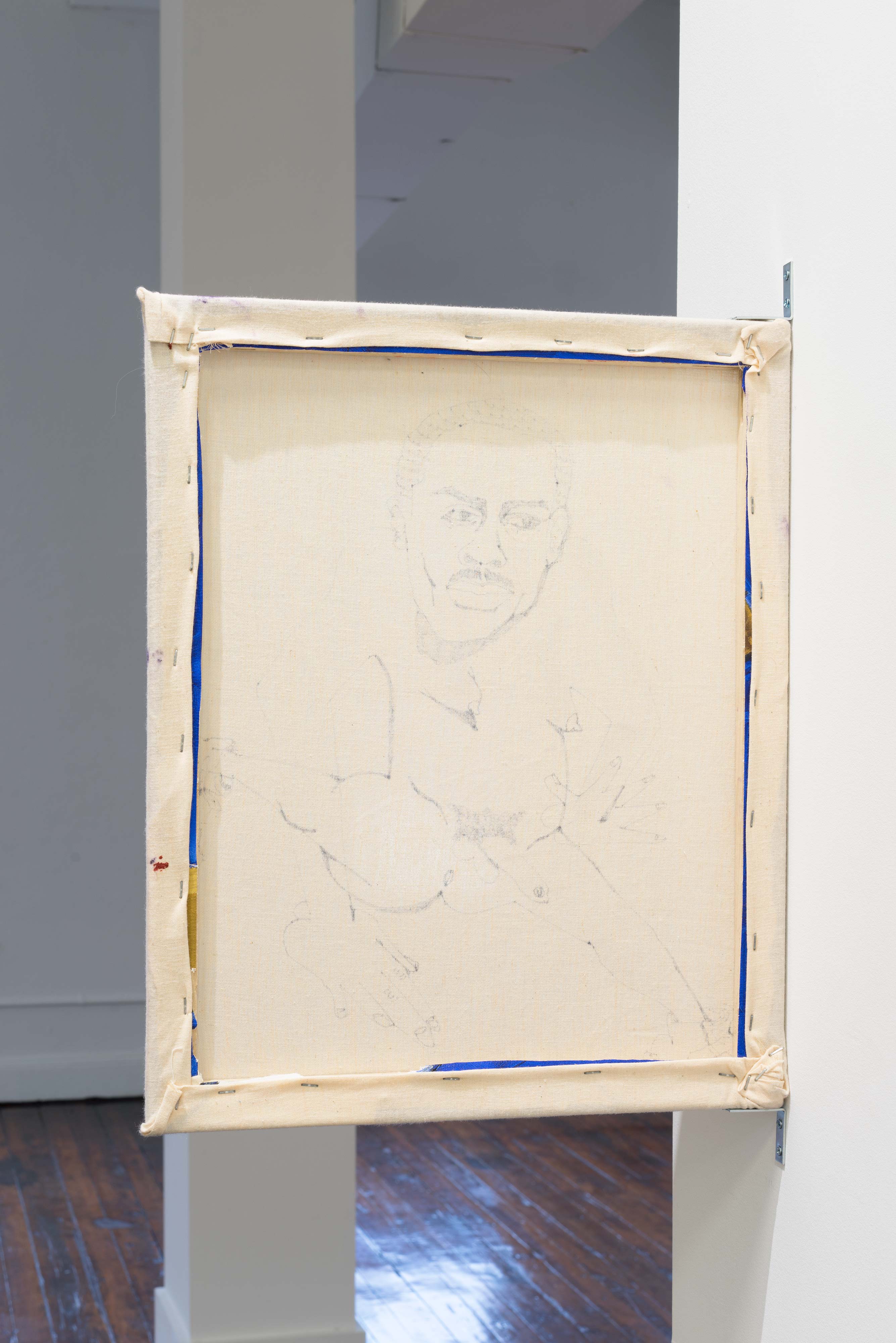
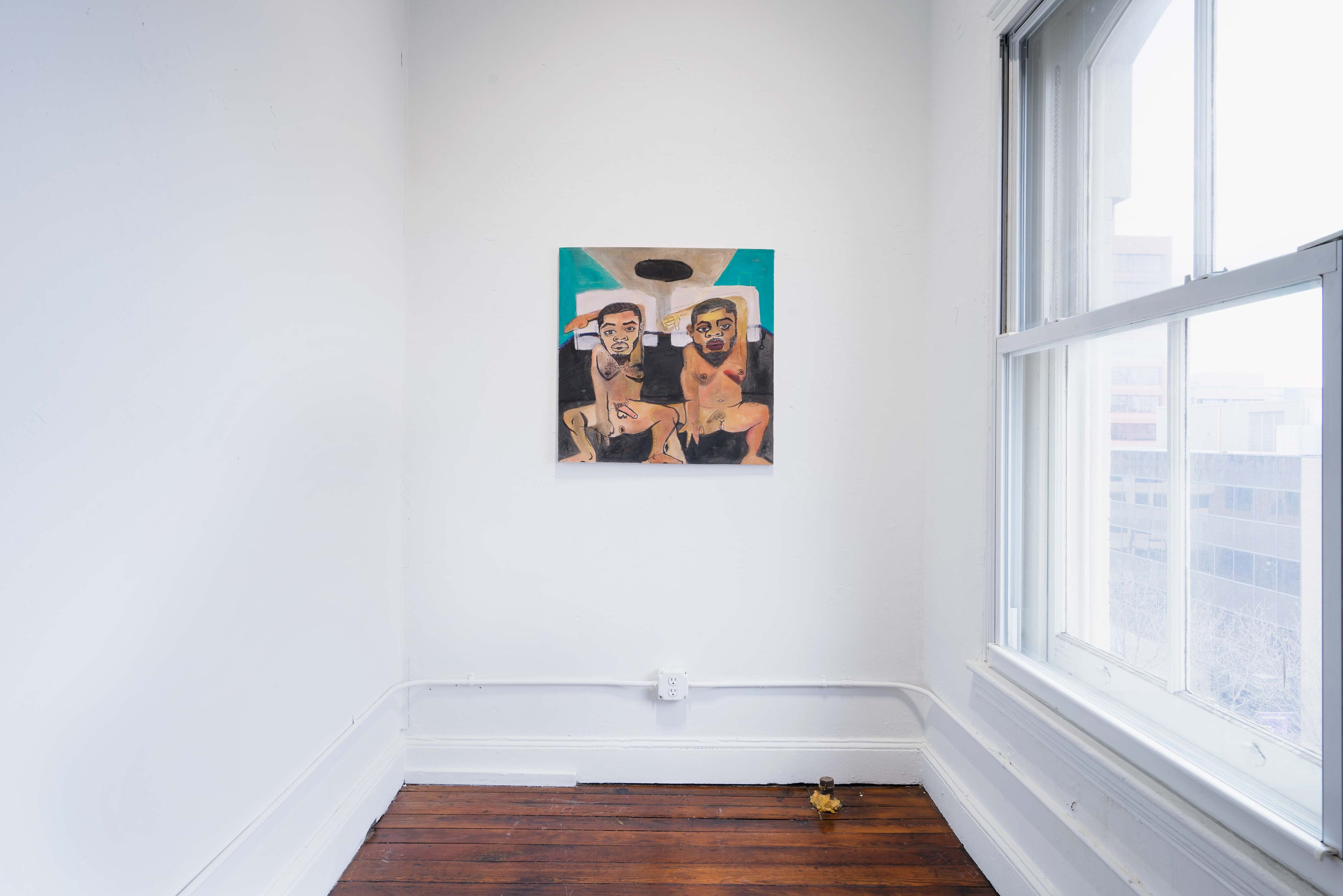
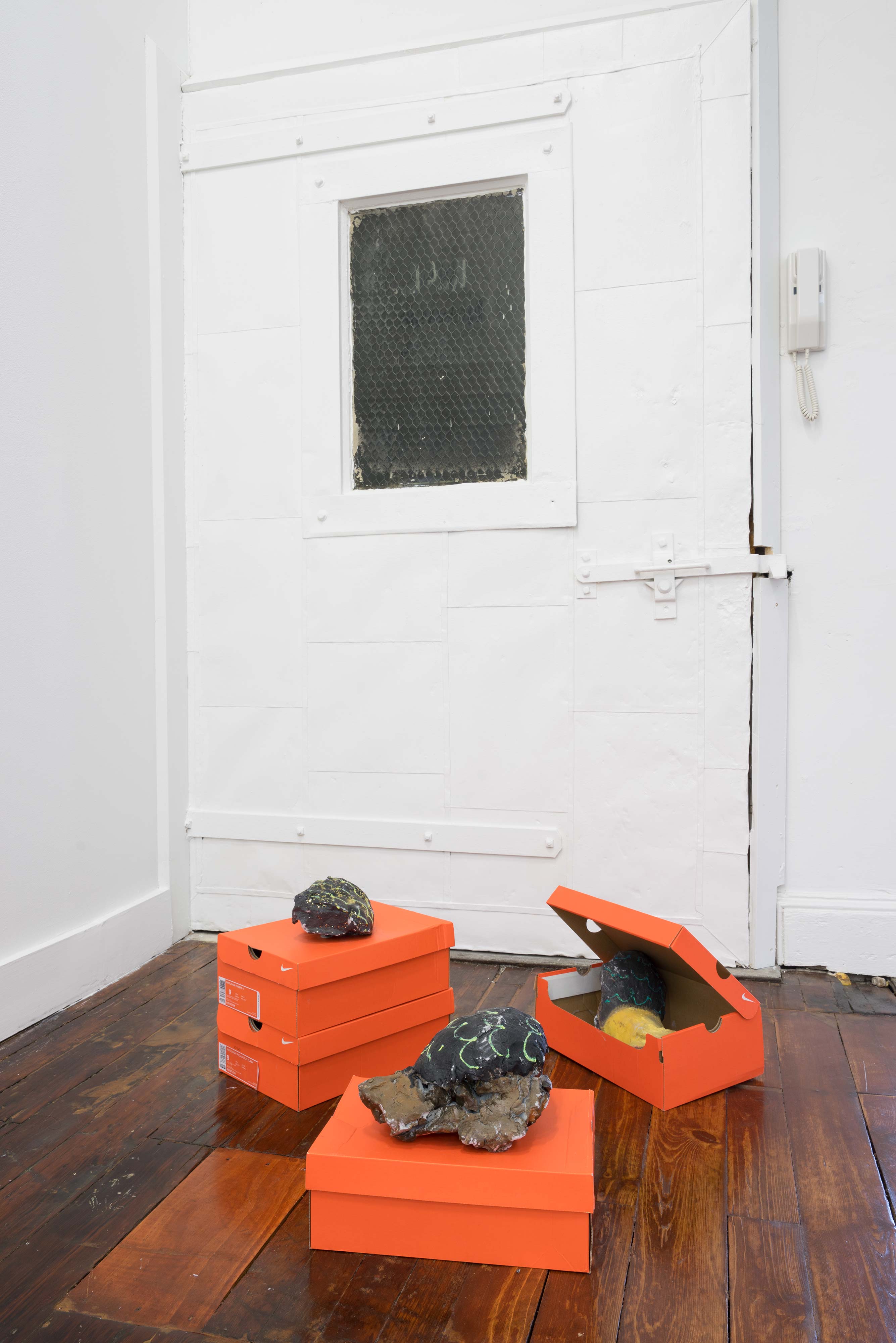
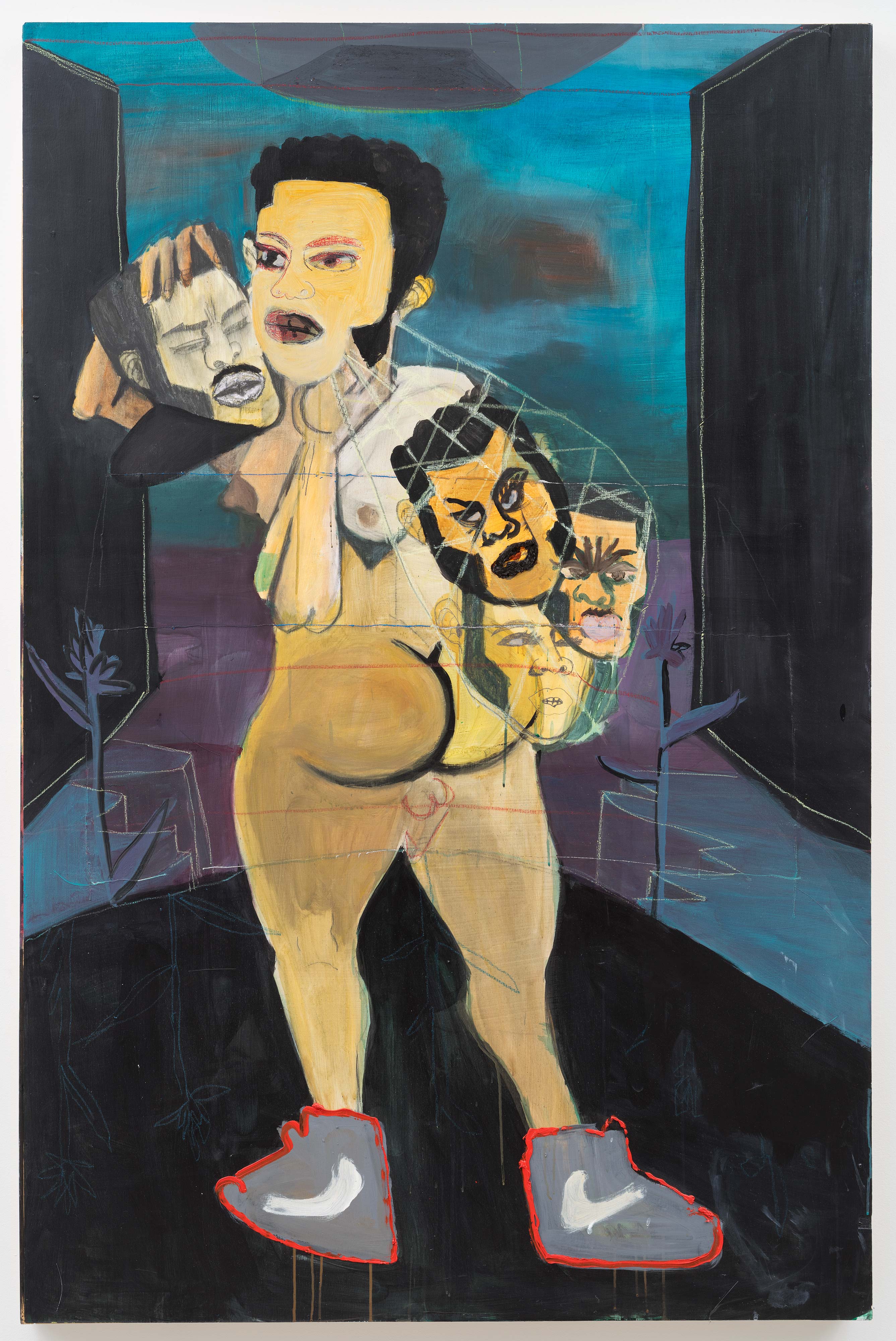
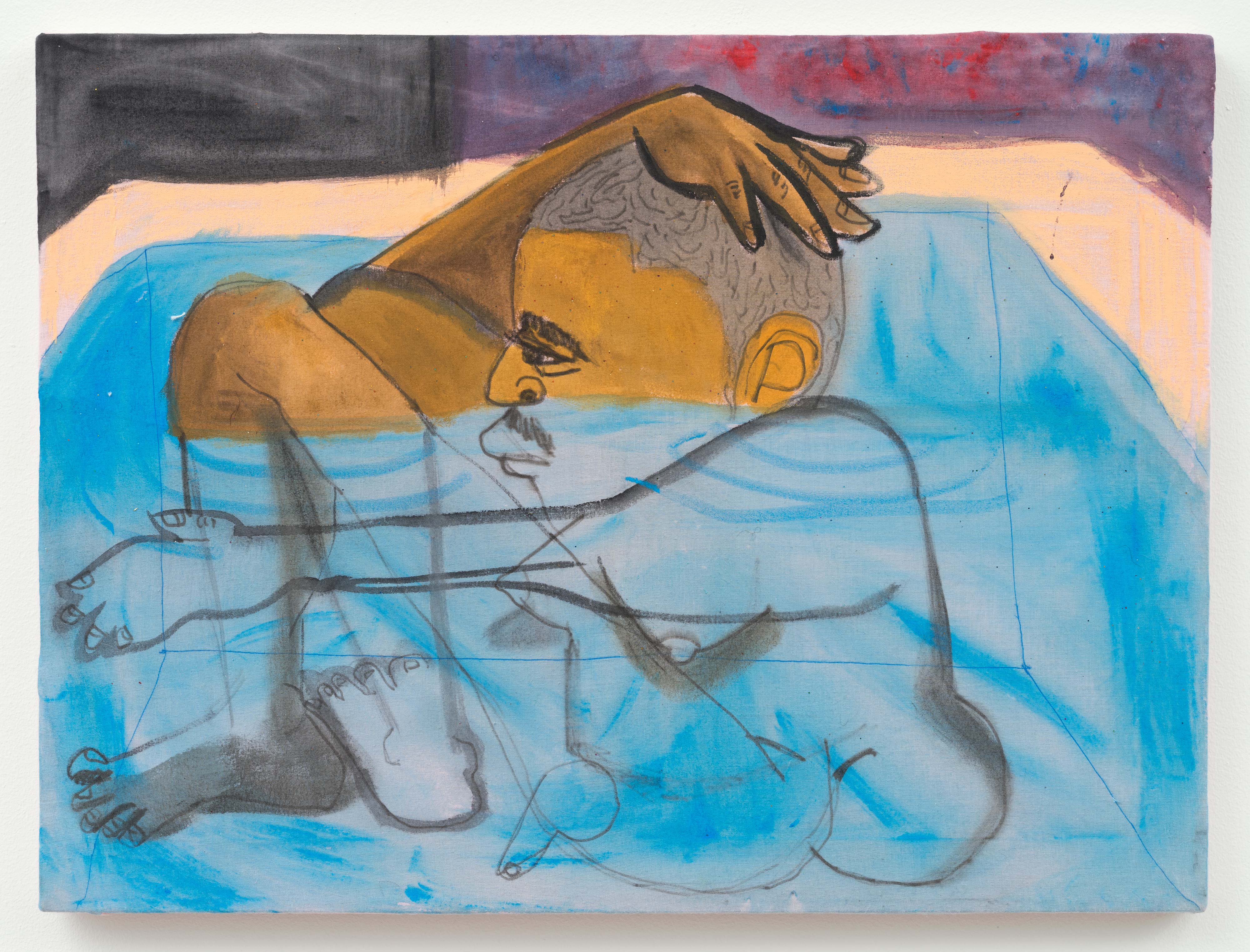
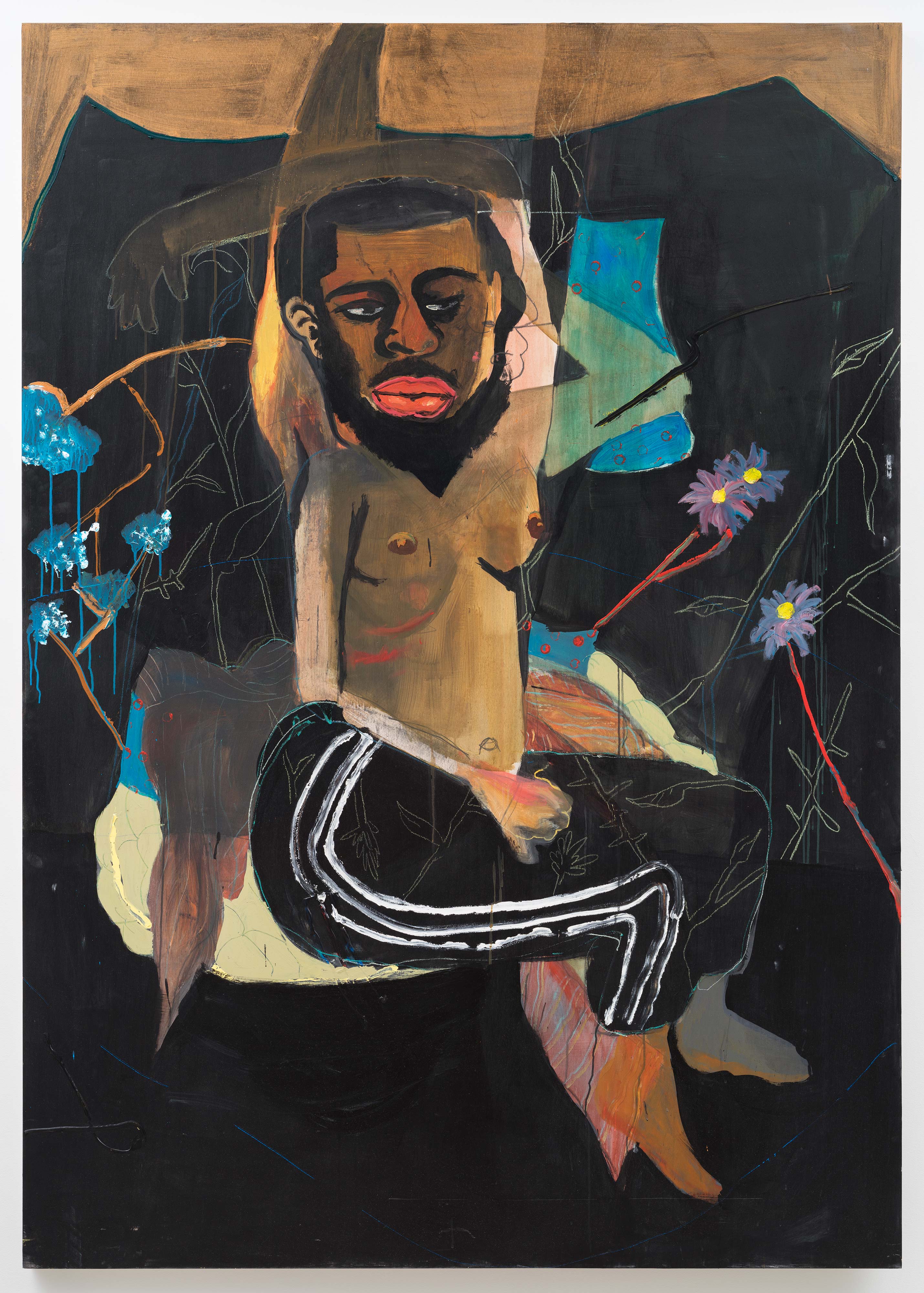
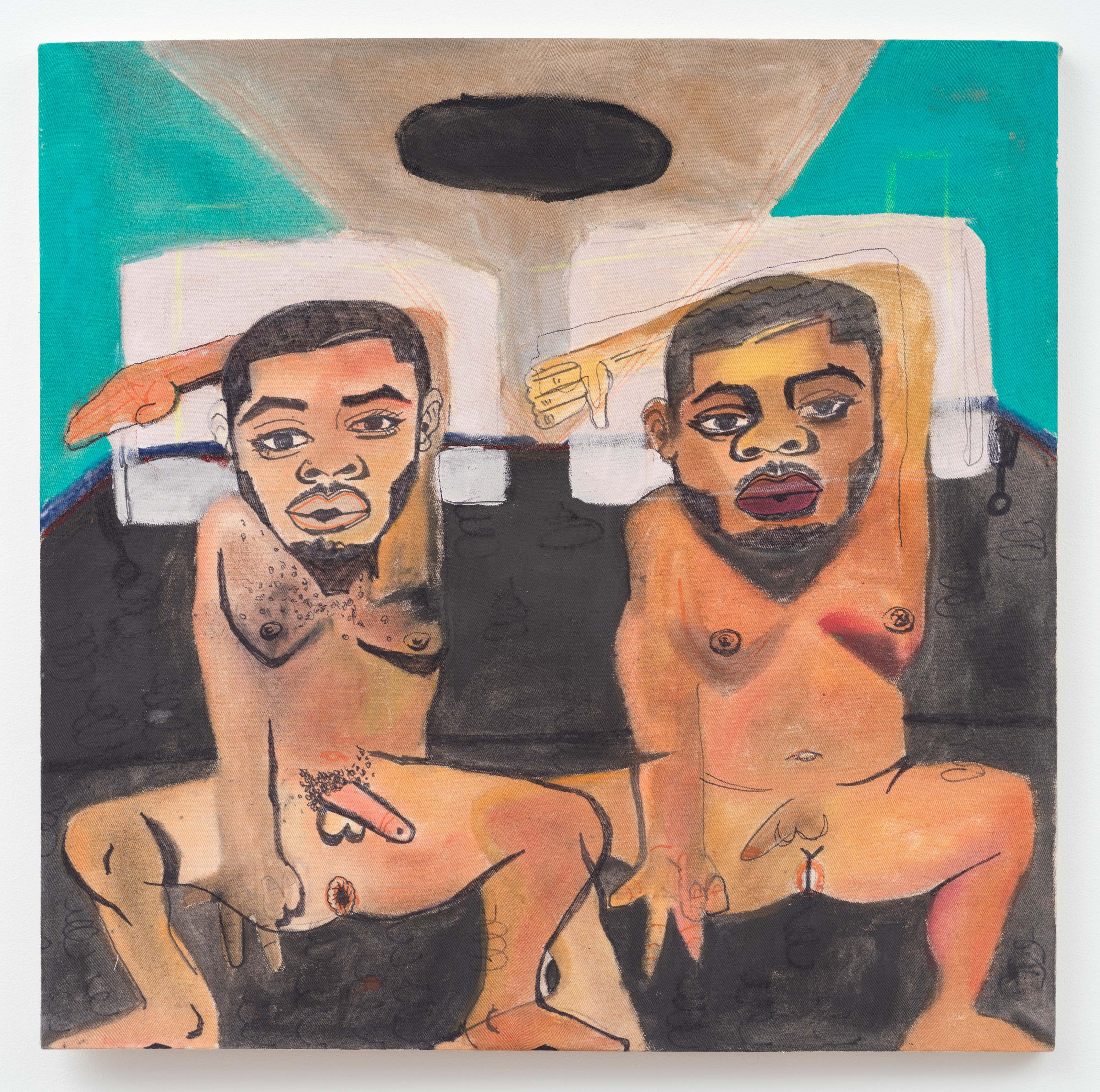

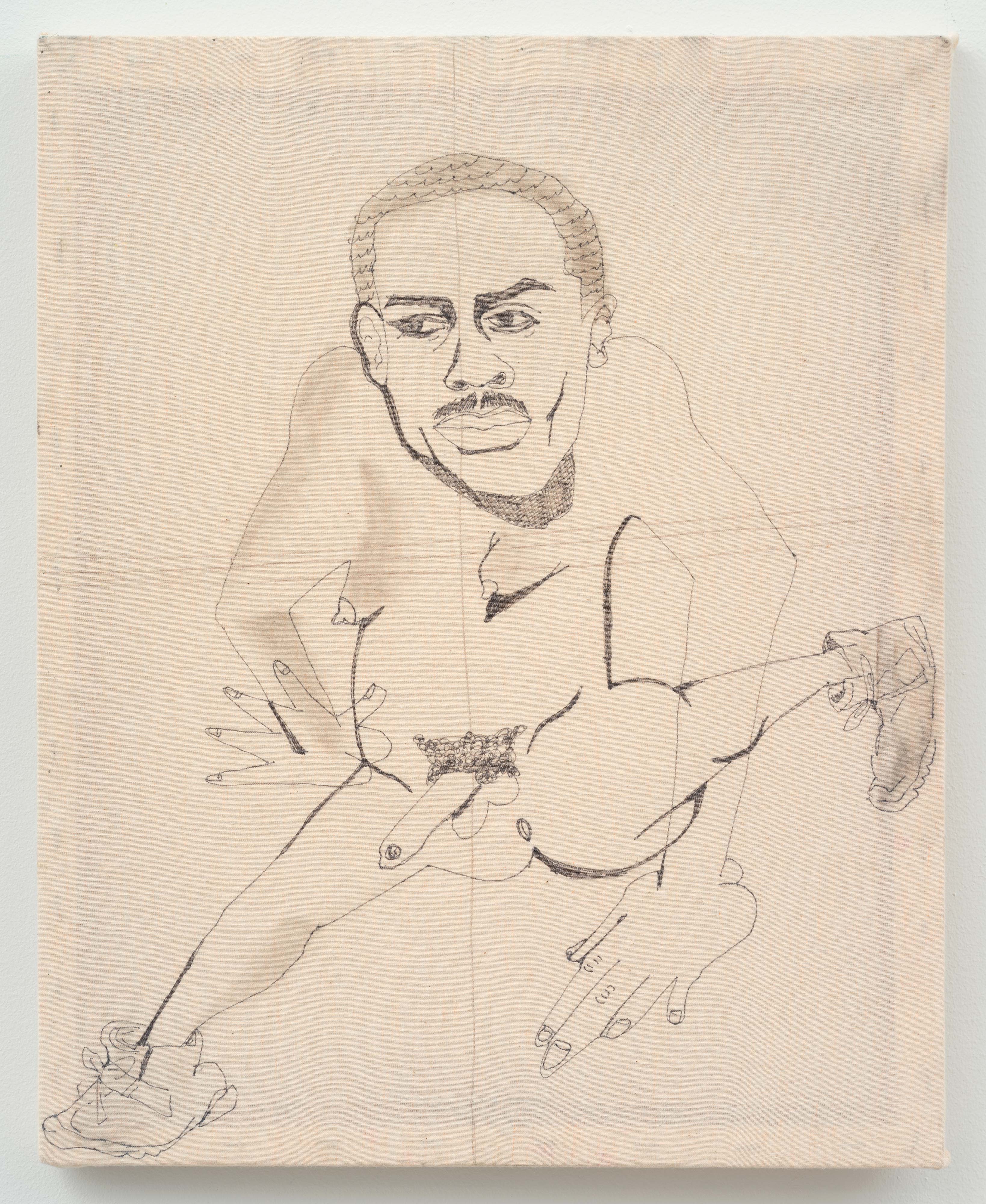
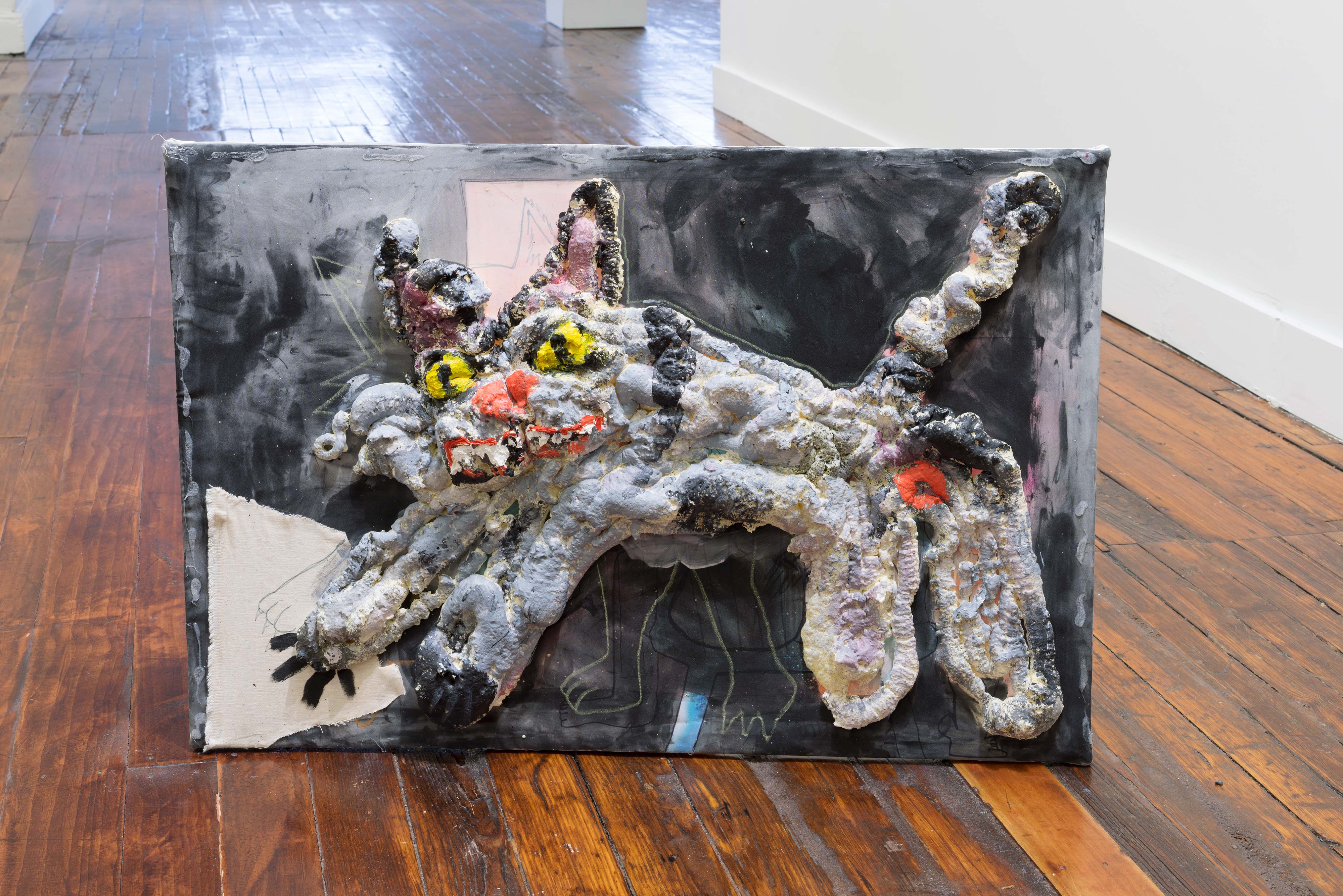
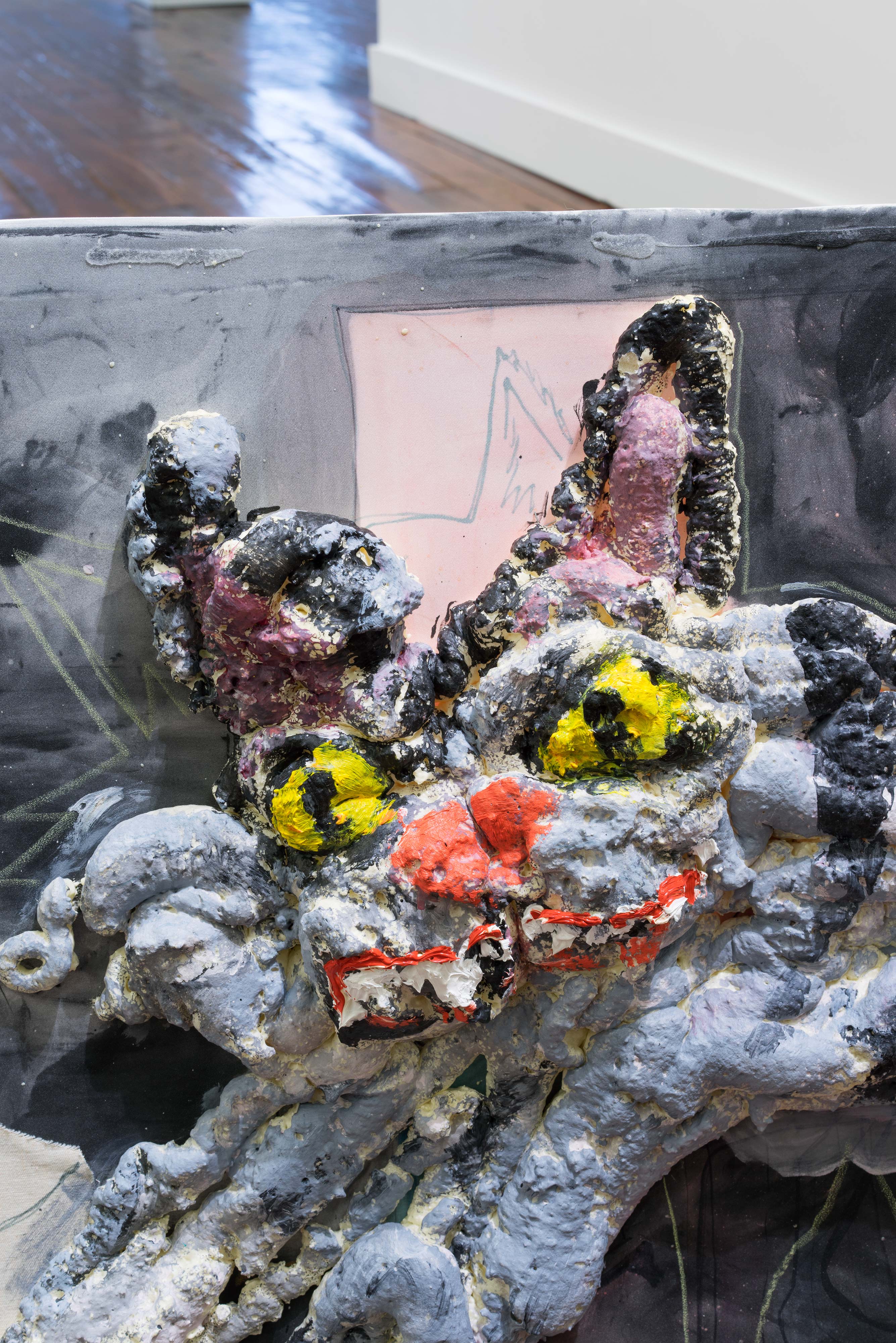
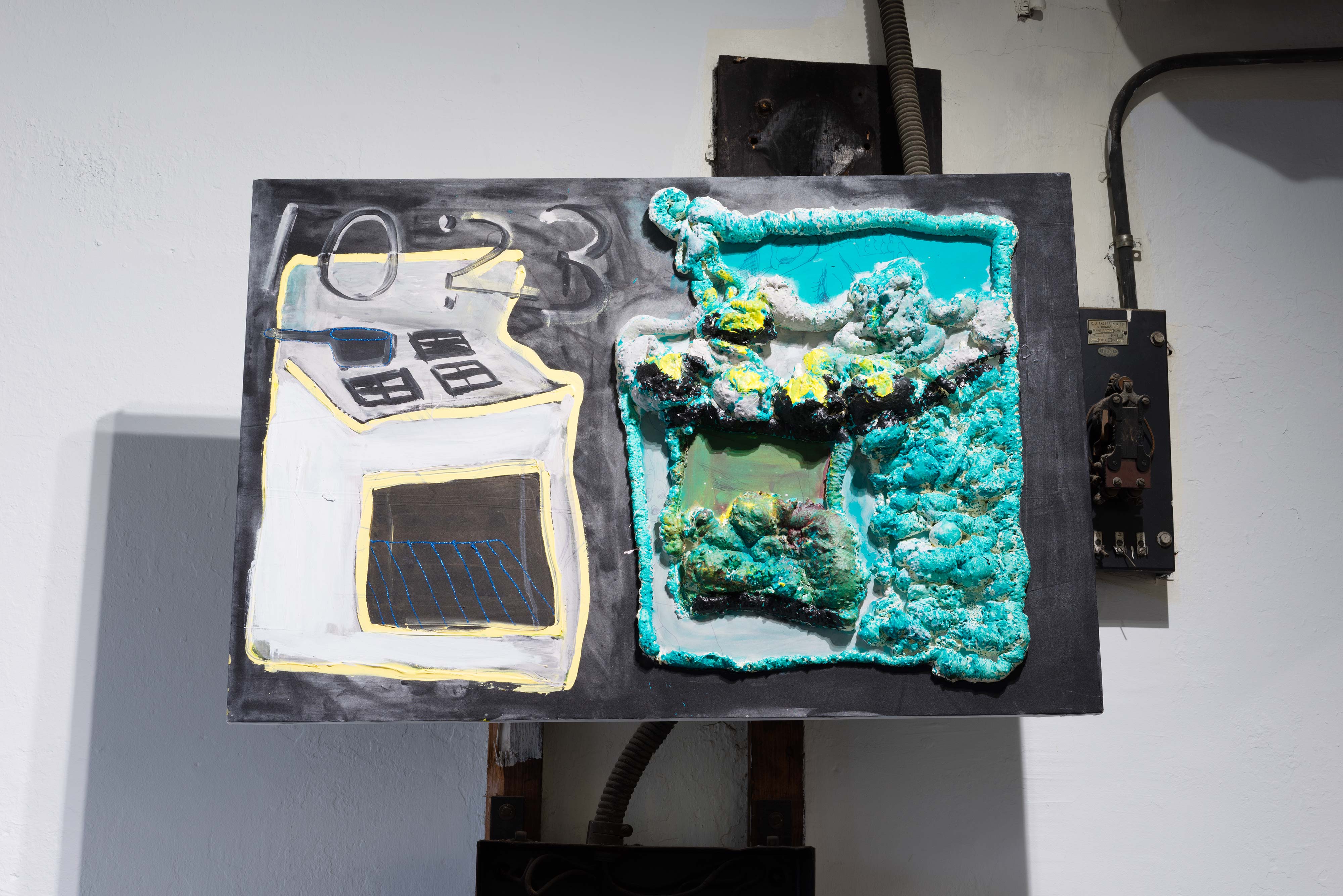
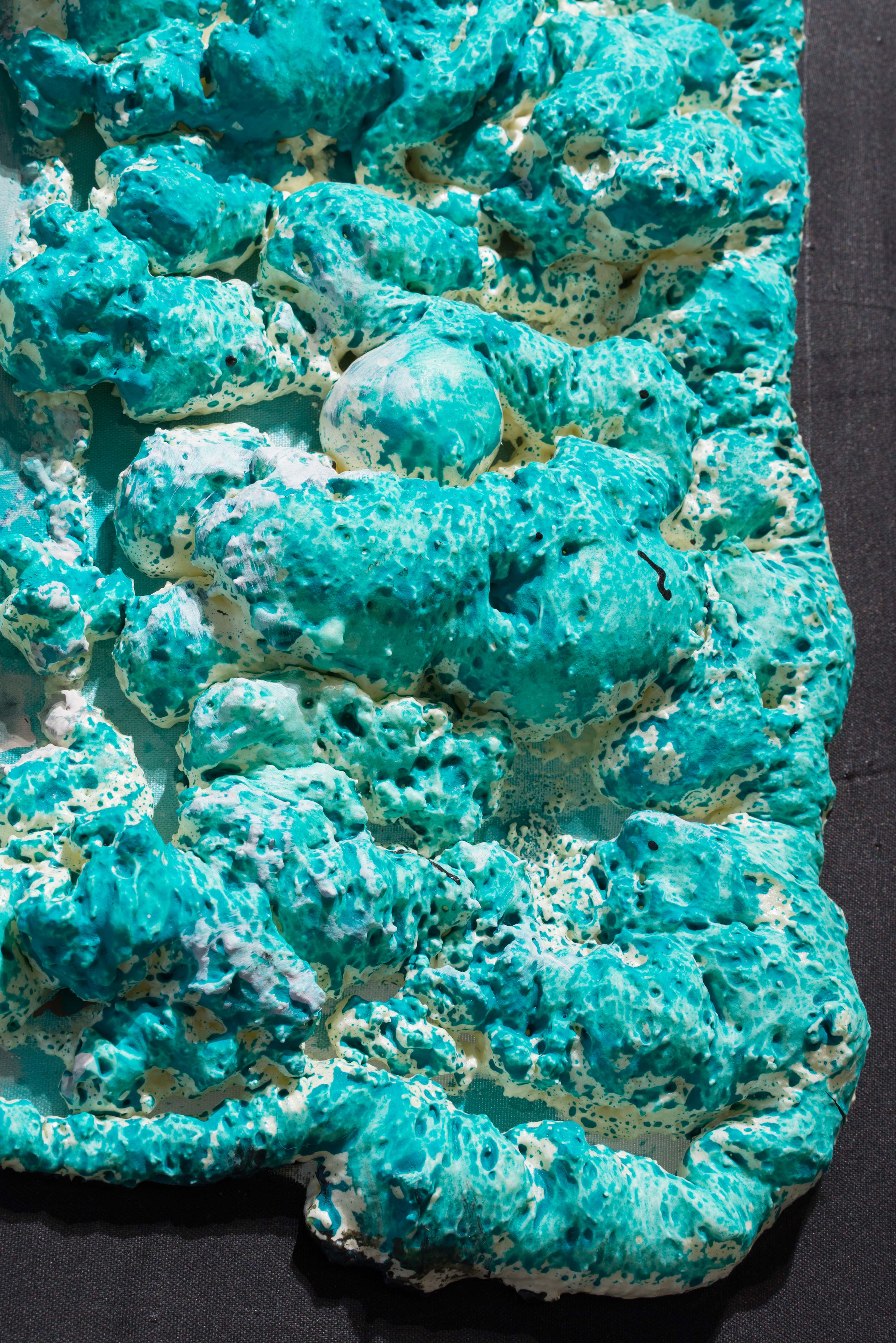
Real Love: On Jonathan Lyndon Chase's Rosebud
by Diana Nawi
With the suite of drawings and paintings gathered for his first gallery exhibition, Rosebud, Jonathan Lyndon Chase frames and reframes the black male subject. Chase creates pictures of black beauty and masculinity, and of macho, queer love. The images have an affect that suggests that they were made for us—bodies presented and presenting for our visual consumption, our gaze occasionally returned, and a suggestion that we’re intruding—bodies so intimate and open they must only be for a lover. What we see when we look: the bulging curve of buttocks and the supplicant offer of arched backs, puckered anuses and waiting lips (and puckered lips and waiting anuses), pointing dicks and gym socks, fractured figures and flowers, suggests the multiple ways of looking and being that Chase illuminates in his work. These images are sexual and not sexy, or perhaps they are sexy and not sensual. They are as aggressive as the returned gaze of the subject and as vulnerable as a waiting sex act. Chase creates portraits that illuminate the intertwined relationship of power and tenderness.
These are the young black men of everyday life in their daily lives, and perhaps implied, of Chase’s own life. They are not monumentalized or glorified, but they are clearly a fantasy, a “rosebud” of desire—slang for a man’s asshole and the origin mythmaking of Charles Foster Kane. Chase’s engagement with the black figure in the canon of art history is not strictly an ennobling assertion; it is as complicated and faceted as the artist’s rendering of the figure itself. The socks, track pants, and Nikes we see signal that while these men are wildly, sometimes monstrously, rendered, they are real. Observing Chase’s intimate, energetic works, you feel as though you’re looking at a specific person filtered through a Picasso filtered back through a tribal mask filtered through a Tumblr feed. Or perhaps it’s a bedroom snapshot filtered through a Bearden filtered through a Matisse filtered through someone we know. Chase adeptly moves between references, styles, and histories, asserting his own line. It is an enticing collapse and cannibalism of the modern and the primitive, and the pivot of representation and abstraction.
His drawings have a fluidity and a charm—a sweet composition of a head peaking through a plane of contoured flowers and shaded blocks of space attest to the quickness and expressiveness of the artist’s confident hand. His paintings employ a more staccato composition, suggesting a play between intuition and drafting. Perhaps most striking in the grouping of paintings is Man with Heads, a portrait of a singular figure looking over his shoulder as he retreats into the ambiguous, interior-landscape of the painting. Slung over his back is a mesh bag of severed heads; he clutches one to his shoulder. The heads appear like strange versions of the figure’s own and the surreal quality of the scene gives way to an opaque narrative—a conquering hero or a cruel killer? A narcissistic nightmare or metaphor of selfhood?
Some pictures are beautiful, doe-eyed young men, flattened into mask-like visages and couples tangled together in bed. Some are unsettled, figures fractured and overlaid into a hectic jumble, and some are visceral, mutant figures that seem sculpted from caulk and Cheez Whiz. Peering into a man’s open buttocks and at a cat’s chalky grey surface, we are on a lunar landscape of flesh. Anuses, nipples, and mouths are inflamed holes and open protrusions, craters that repeat across canvases. Chase’s expansion into the sculptural possibilities of building up the picture plane reiterates his desire to create images that function as we might; the images are made of spray foam and paint, but they are feces, flesh, and frosting. They are as wonderful and repulsive as being in a sexual body can be. Chase offers the return of the figure, the revenge of the figure. It’s the real love of the figure, of the black male body, that for Chase can’t be faked and can’t be mistaken.
Jonathan Lyndon Chase (b. 1989, Mount Airy, Philadelphia) lives and works in Philadelphia, Pennsylvania.
Diana Nawi is Associate Curator at Pérez Art Museum Miami (PAMM). At PAMM, Nawi has organized newly commissioned projects with Yael Bartana, Nicole Cherubini, Bouchra Khalili, and Shana Lutker, among others and curated the mid-career survey, Nari Ward: Sun Splashed, which will travel to the Barnes Foundation in June 2016.
| Artist | Title | Year | Medium | Dimensions | ID | |
|---|---|---|---|---|---|---|
 |
Jonathan Lyndon Chase | Untitled | 2016 | bone dry clay, acrylic, glitter, Nike shoebox | dimensions variable | |
 |
Jonathan Lyndon Chase | Man with Heads | 2015 | oil & acrylic on panel | 72 x 48 in (183 x 122 cm) | |
 |
Jonathan Lyndon Chase | Man in Tub | 2016 | Oil on canvas | 17 x 25 in (43.2 x 63.5 cm) | |
 |
Jonathan Lyndon Chase | Hanged Man | 2016 | acrylic on panel | 84 x 60 in (213.4 x 152.4 cm) | |
 |
Jonathan Lyndon Chase | legs legs legs legs | 2015 | acrylic and ink on canvas | 25 x 25 in (63.5 x 63.5 cm) | |
 |
Jonathan Lyndon Chase | Here | 2016 | acrylic on canvas | 72 x 60 in (182.88 x 152.4 cm) | |
 |
Jonathan Lyndon Chase | Man Running | 2015 | graphite on canvas | 20 x 16 in (50.8 x 40.6 cm) | |
 |
Jonathan Lyndon Chase | Pink Puss | 2015 | mixed media on canvas | 20 x 35 in (50.8 x 89 cm) | |
 |
Jonathan Lyndon Chase | Thursday at 10:23pm | 2015 | mixed media on canvas | 20 x 35 in (50.8 x 89 cm) |